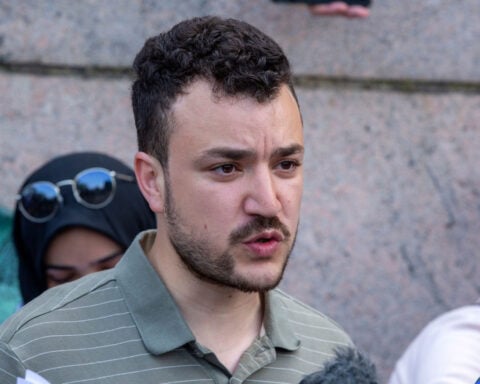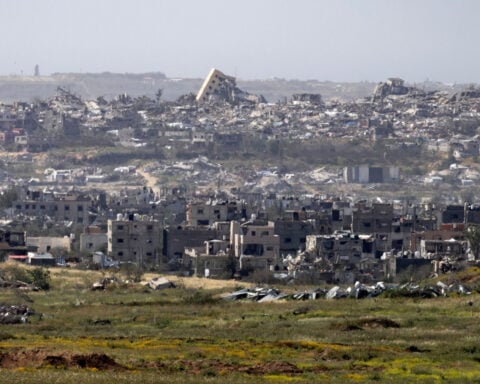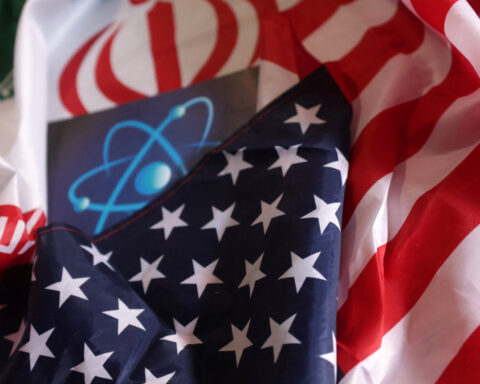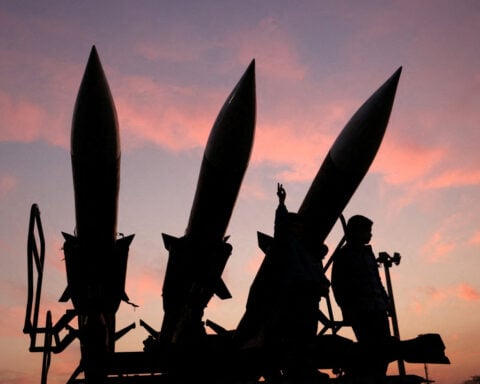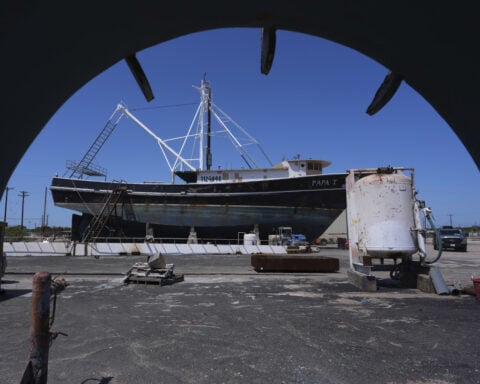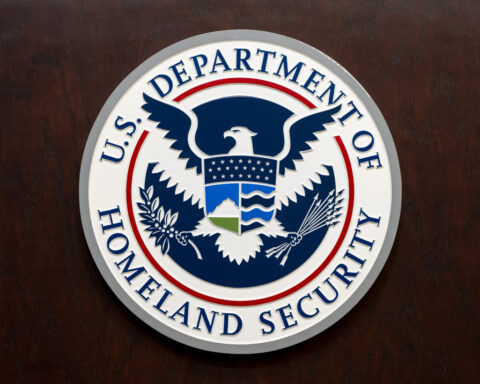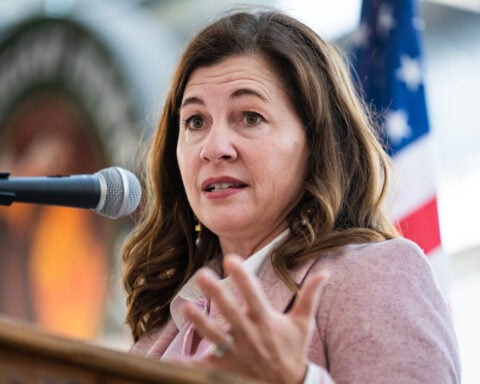The killing sparked the Cedar Revolution, when hundreds of thousands of Lebanese citizens took to the streets demanding the immediate departure of the Syrian forces.
Although Syrian forces left Lebanon, the Syrian regime continued to interfere in the country’s politics through Hezbollah, which evolved into a political-military organization and entered the government in 2008.
From that point onward, Hezbollah would block any decision that did not serve Syria’s and Iran’s interests. For instance, Hezbollah and its allies vetoed any presidential candidate who was not supportive of the Syrian regime – a policy that plunged Lebanon into a prolonged presidential vacuum.
An uncertain future
While Hezbollah may continue to operate within Lebanon and under Iran’s umbrella, Assad’s fall means it is deprived of its supply route.
Without Syria, Hezbollah has no quick access to Iran’s fighters and weapons – and the newly signed ceasefire between Lebanon and Israel reaffirms Lebanon’s commitment to a U.N. resolution calling for Hezbollah’s disarmament.
And while it is unclear what the new Syria will look like, for this moment at least, Lebanon’s and Syria’s populations – both of whom have suffered under decades of brutal rule and Hezbollah’s abuse – are able to rejoice at the departure of the man responsible for inflicting so much of the pain.
Mireille Rebeiz is affiliated with American Red Cross.
Source: The Conversation

 Trump has begun another trade war. Here's a timeline of how we got here
Trump has begun another trade war. Here's a timeline of how we got here
 Canada's leader laments lost friendship with US in town that sheltered stranded Americans after 9/11
Canada's leader laments lost friendship with US in town that sheltered stranded Americans after 9/11
 Chinese EV giant BYD's fourth-quarter profit leaps 73%
Chinese EV giant BYD's fourth-quarter profit leaps 73%
 You're an American in another land? Prepare to talk about the why and how of Trump 2.0
You're an American in another land? Prepare to talk about the why and how of Trump 2.0
 Chalk talk: Star power, top teams and No. 5 seeds headline the women's March Madness Sweet 16
Chalk talk: Star power, top teams and No. 5 seeds headline the women's March Madness Sweet 16
 Purdue returns to Sweet 16 with 76-62 win over McNeese in March Madness
Purdue returns to Sweet 16 with 76-62 win over McNeese in March Madness
